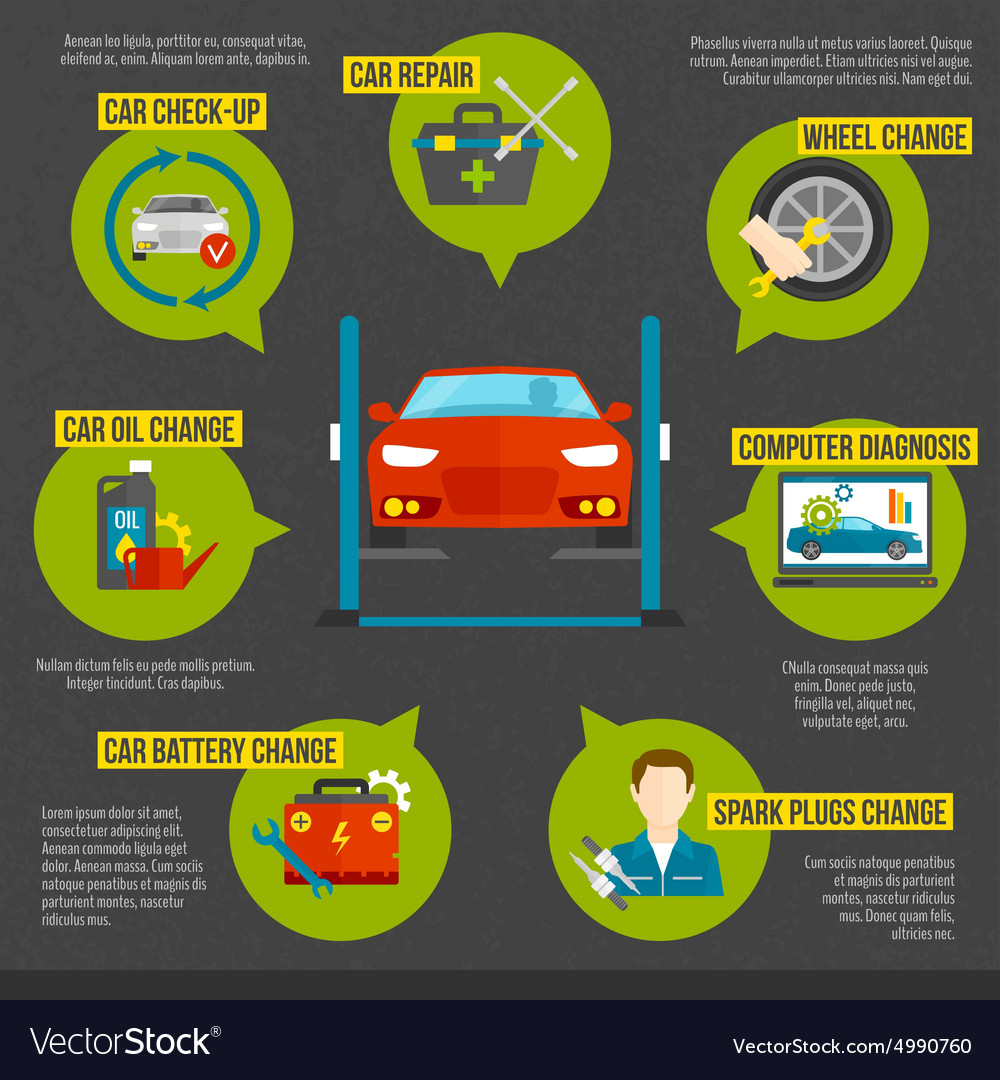Gain Understanding Right Into The Control Panel Warning Lights In Your Automobile To Understand Their Implications On Your Cars And Truck'S Wellness And Safety And Security
Gain Understanding Right Into The Control Panel Warning Lights In Your Automobile To Understand Their Implications On Your Cars And Truck'S Wellness And Safety And Security
Blog Article
Material Author-Wilkinson Crawford
When you lag the wheel, those beautiful caution lights on your dashboard can be a little bit bewildering. Do you recognize what they're attempting to tell you concerning your car's health and wellness? Recognizing Read A lot more of these lights is essential for your safety and security and the longevity of your automobile. So, the next time among those lights pops up, would not you intend to decipher its message precisely and take the necessary actions to resolve it?
Common Warning Lighting and Interpretations
Determine common caution lights in your vehicle and recognize their significances to ensure risk-free driving.
One of the most common warning lights include the check engine light, which indicates issues with the engine or exhausts system. If this light comes on, it's vital to have your automobile checked immediately.
The oil pressure alerting light shows reduced oil pressure, calling for instant focus to avoid engine damage.
A flashing battery light may suggest a malfunctioning charging system, possibly leaving you stranded otherwise dealt with.
The tire stress surveillance system (TPMS) light notifies you to low tire pressure, affecting automobile security and fuel performance. Neglecting this can cause dangerous driving conditions.
The abdominal muscle light suggests a problem with the anti-lock stopping system, jeopardizing your ability to stop swiftly in emergencies.
Finally, the coolant temperature level alerting light warns of engine overheating, which can result in serious damages otherwise resolved quickly.
Recognizing these typical warning lights will help you resolve concerns without delay and keep risk-free driving conditions.
Significance of Prompt Interest
Recognizing the typical warning lights in your car is only the primary step; the value of without delay resolving these cautions can not be highlighted sufficient to guarantee your security when driving.
When a warning light illuminates on your control panel, it's your cars and truck's means of interacting a prospective issue that needs attention. Disregarding these warnings can bring about extra severe problems down the road, endangering your security and possibly costing you much more in repairs.
Motivate attention to warning lights can avoid failures and accidents. For example, a flashing check engine light could indicate a misfire that, if left neglected, can create damage to the catalytic converter. Resolving this quickly can save you from an expensive repair work.
Likewise, a brake system advising light may signal low brake liquid or worn brake pads, crucial parts for your safety when driving.
DIY Troubleshooting Tips
If you notice a caution light on your dashboard, there are a few DIY troubleshooting pointers you can try prior to looking for expert assistance.
The first step is to consult your cars and truck's manual to recognize what the particular caution light indicates. Sometimes the issue can be as simple as a loosened gas cap triggering the check engine light. Tightening the gas cap may deal with the issue.
relevant web page is a reduced battery, which can cause different advising lights. Examining the battery connections for deterioration and ensuring they're safe and secure could fix the problem.
If a caution light continues, you can try resetting it by separating the auto's battery for a few minutes and afterwards reconnecting it. Additionally, examining your car's fluid levels, such as oil, coolant, and brake liquid, can help troubleshoot advising lights related to these systems.
Verdict
In conclusion, understanding your cars and truck's caution lights is essential for maintaining your automobile running smoothly and safely. By immediately dealing with these notifies and recognizing what they indicate, you can stay clear of costly repair services and possible malfunctions.
Remember to consult your car's manual for specific information on each alerting light and do something about it accordingly to make sure a hassle-free driving experience.
Stay informed, stay safe on the road!
